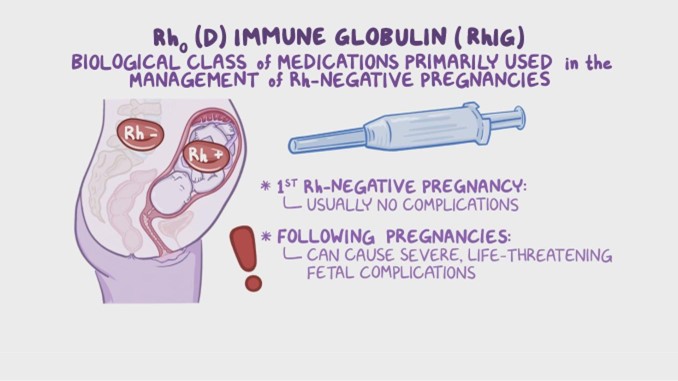A nurse is teaching the parents of a newborn how to care for their child's uncircumcised penis. Which of the following instructions should the nurse include?
"Retract the foreskin until you feel resistance.”
"Use a cotton swab to clean under the foreskin.”
"Apply petroleum jelly to the foreskin.”
"Wash the penis once per day with soap and water.”
The Correct Answer is D
Choice A reason:
"Retract the foreskin until you feel resistance." This advice is not recommended for newborns with an uncircumcised penis. The foreskin of most male babies doesn't yet pull back (retract) fully at birth, and forcing it back can cause pain, bleeding, and possible damage.
Choice B reason:
"Use a cotton swab to clean under the foreskin." This is not advisable for a newborn's uncircumcised penis. The foreskin is usually still attached to the glans and does not require any special cleaning inside. Using a cotton swab could potentially cause harm by forcing the foreskin back.
Choice C reason:
"Apply petroleum jelly to the foreskin." This instruction is more applicable to a circumcised penis during the healing process to prevent the penis from sticking to the diaper. For an uncircumcised penis, there's no need to apply petroleum jelly as part of regular care.
Choice D reason:
"Wash the penis once per day with soap and water." This is the correct care for an uncircumcised penis. Parents should gently wash the genital area with mild soap and water during bath time without retracting the foreskin.
Nursing Test Bank
Naxlex Comprehensive Predictor Exams
Related Questions
Correct Answer is B
Explanation
Choice A rationale:
Assessing for bladder distention is important for postpartum clients, especially those who have undergone perineal trauma during childbirth. However, it is not the priority assessment during a sitz bath. The sitz bath is usually done to promote healing and comfort, and monitoring pulse rate takes precedence to identify any adverse reactions.
Choice B rationale:
Pulse rate should be the priority assessment during a sitz bath for a postpartum client. Sitz baths can cause vasodilation, leading to a potential drop in blood pressure, increased heart rate, or dizziness. Monitoring the pulse rate helps identify any cardiovascular changes or adverse reactions.
Choice C rationale:
Respiratory rate is not the priority assessment during a sitz bath. It is essential to monitor, but it is less likely to be affected directly by the sitz bath compared to the pulse rate and cardiovascular changes.
Choice D rationale:
Monitoring the color of lochia is essential for assessing postpartum bleeding and uterine healing. However, during a sitz bath, the priority assessment should be focused on cardiovascular changes and any adverse reactions the client might experience.
Correct Answer is D
Explanation
Choice A rationale:
This statement is incorrect. The client should receive Rh(D) immune globulin (RhoGAM) if they are Rh-negative and their partner's Rh status is unknown or Rh-positive. This prevents the development of Rh antibodies in the mother's blood, which could be harmful in future pregnancies if the baby is Rh-positive.
Choice B rationale:
This statement is incorrect. Rh(D) immune globulin is administered to an Rh-negative mother within 72 hours after delivery if the baby is Rh-positive. This is done to prevent the mother from developing Rh antibodies that could affect subsequent pregnancies.
Choice C rationale:
This statement is incorrect. There is no restriction on receiving other immunizations after receiving Rh(D) immune globulin. The shot only protects against Rh incompatibility and does not interfere with other immunizations.
Choice D rationale:

This statement is correct. Rh(D) immune globulin can be given after birth to an Rh-negative mother with an Rh-positive baby. This helps protect the mother's future pregnancies from the potential harmful effects of Rh incompatibility.
Whether you are a student looking to ace your exams or a practicing nurse seeking to enhance your expertise , our nursing education contents will empower you with the confidence and competence to make a difference in the lives of patients and become a respected leader in the healthcare field.
Visit Naxlex, invest in your future and unlock endless possibilities with our unparalleled nursing education contents today
Report Wrong Answer on the Current Question
Do you disagree with the answer? If yes, what is your expected answer? Explain.
Kindly be descriptive with the issue you are facing.
